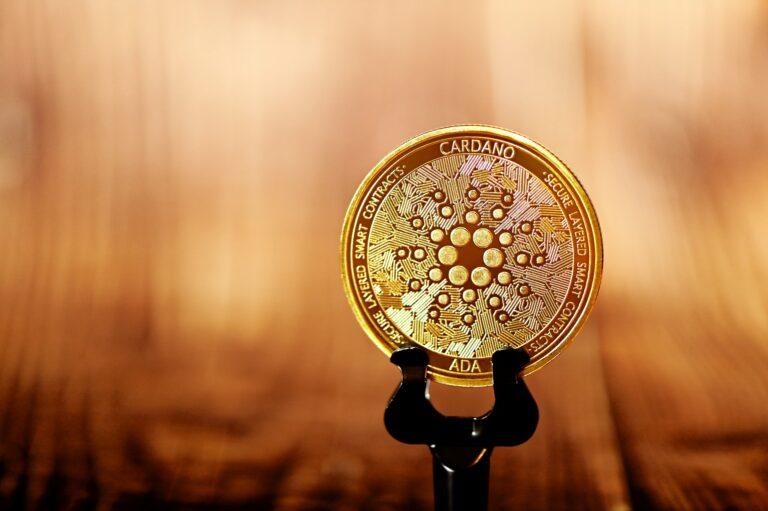A popular Cardano ($ADA) influencer has recently explained he that Cardano could become “bigger” than “anything seen in crypto before” if decentralized governance on the cryptocurrency’s network works out.
In a tweet shared with its nearly 110,000 followers on the microblogging platform Twitter, the pseudonymous Cardano influencer known as “ADA whale” shared that an argument can be made that Cardano may be more secure and decentralized than other blockchains, but noted that the average user “doesn’t always get this.”
Per ADA whale’s words, if decentralized governance under the Voltaire era of Cardano’s development works out, the network “will be unlike anything seen in crypto before.”
The Voltaire era of Cardano, according to the project’s roadmap, provides the “final pieces required for the Cardano network to become a self-sustaining system.” The era will be marked by the introduction of a voting and a treasury system, which will allow network participants to stake their ADA and use voting right to influence the future development of Cardano.
According to Cardano’s documentation, for the network to become truly decentralized it will require “not only the distributed infrastructure introduced during the Shelley era but also the capacity to be maintained and improved over time in a decentralized way.” It adds:
To that end, the Voltaire era will add the ability for network participants to present Cardano improvement proposals that can be voted on by stakeholders, leveraging the already existing staking and delegation process.
To fund the future development of the network, Voltaire is set to create a treasury system that will see a fraction of all transaction fees “be pooled to provide funds for development activities undertaken following the voting process.”
The document adds that when a voting and treasury system are both in place Cardano will “be truly decentralized” and no longer under the management of Input Output Global.
Cardano’s future will be in the hands of the community, who will have everything they need to grow and evolve Cardano from the secure, decentralized basis established by IOHK.
As CryptoGlobe reported, the total number of wallets on the Cardano blockchain has surpassed the 3.5 million wallet milestone at a time in which the cryptocurrency’s developers are working on its upcoming Vasil hard fork, and support for it keeps growing.
Similarly, the number of smart contracts deployed on the Cardano network has also reached a new milestone above the 3,000 mark for the first time in the cryptocurrency’s history. These developments come as the network moves closer to its Vasil hard fork which is expected to deliver a “massive” performance improvement to the cryptocurrency’s network, but was delayed by “a few more weeks.”
The Vasil hard fork will involve four Cardano Improvement Proposals (CIPs). Investors have nevertheless been betting on it, with data from Coinbase’s price pages showing that users of the Nasdaq-listed cryptocurrency exchange have a typical ADA hold time of over 153 days, meaning that Cardano traders on the platform hold onto their assets for that long before “selling it or sending it to another account or address.”
Image Credit
Featured image via Unsplash









